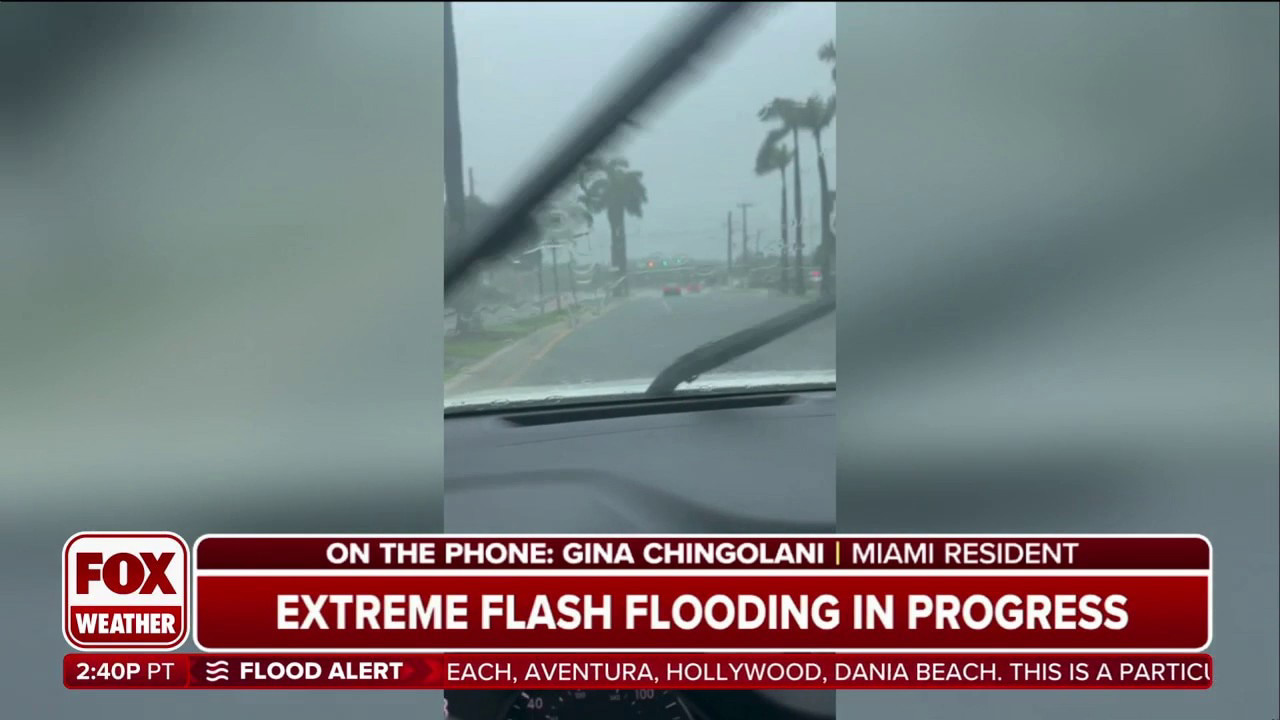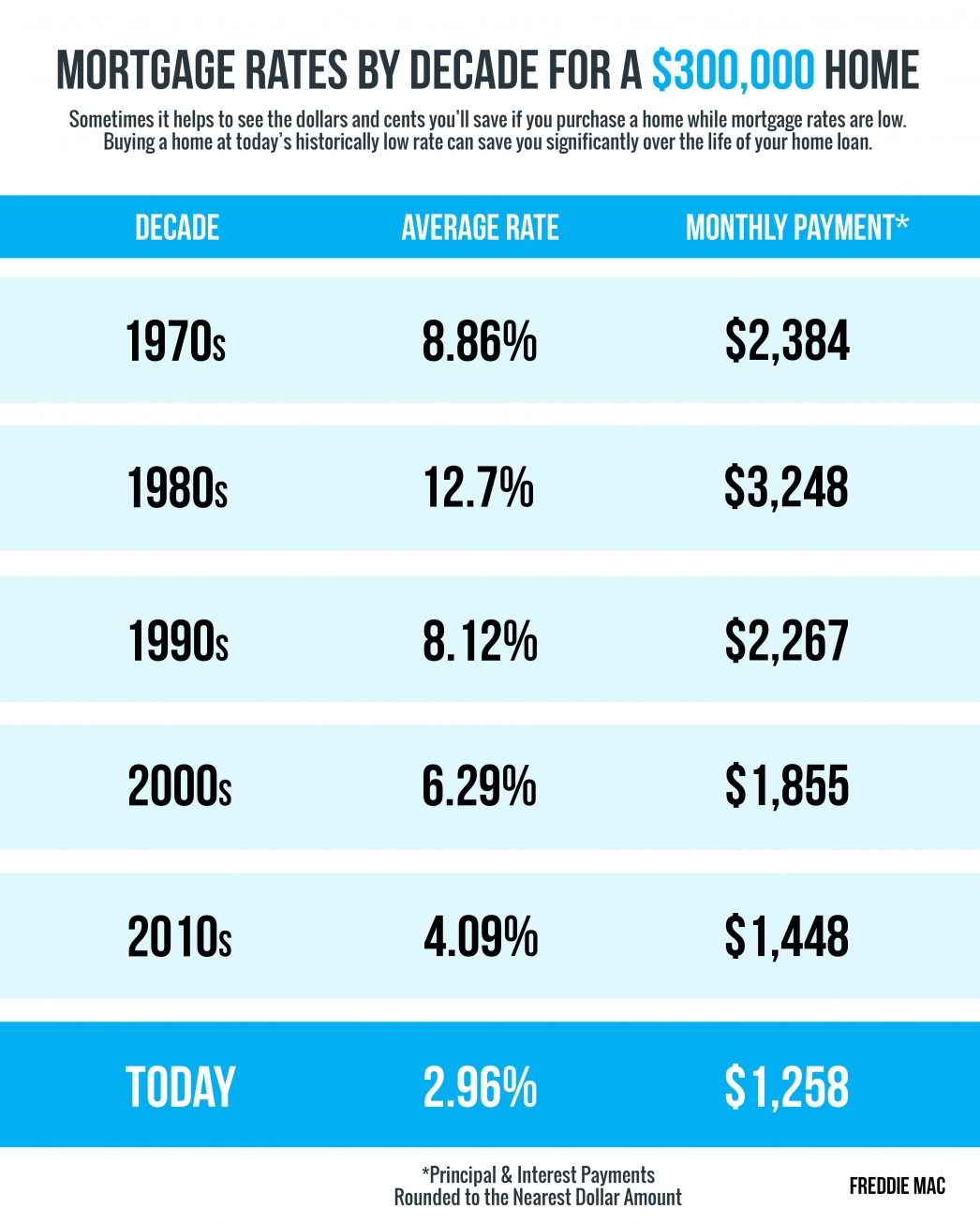What Is A Flash Flood Emergency? Definition, Causes, And Response

Table of Contents
Defining a Flash Flood Emergency
A flash flood emergency is declared when a rapid and significant rise in water levels poses an imminent threat to life and property. Unlike other types of floods, which may develop over days or weeks, flash floods are characterized by their sudden onset—usually within six hours or less—and their intense, short-lived nature. The criteria for declaring a flash flood emergency typically involve a combination of factors, including the rate of water rise, the depth of the floodwaters, and the potential for widespread and significant damage.
Key characteristics of a flash flood emergency include:
- Rapid onset: Water levels rise incredibly quickly, often with little or no warning.
- High water velocity: The swift current carries immense power, capable of sweeping away vehicles, debris, and even buildings.
- Short duration, intense impact: While the event itself may be relatively brief, the damage inflicted can be catastrophic and long-lasting.
- Localized impact: Flash floods often affect specific areas, while surrounding regions may remain unaffected.
Causes of Flash Flood Emergencies
Several factors contribute to the formation of flash floods. Understanding these causes is essential for effective preparedness and mitigation.
Intense Rainfall
The most common cause of flash floods is intense rainfall occurring over a short period. Heavy downpours, particularly from thunderstorms and monsoons, overwhelm the capacity of drainage systems, causing water to rapidly accumulate and overflow its banks. This is especially true in areas with poor drainage or steep slopes.
Dam Failures
The catastrophic failure of a dam can unleash a massive volume of water downstream, resulting in a devastating flash flood. This type of event often causes widespread destruction and requires extensive evacuation efforts.
Rapid Snowmelt
In mountainous regions, rapid snowmelt, especially when combined with heavy rainfall, can lead to flash floods. The sudden release of large amounts of meltwater overwhelms rivers and streams, causing them to overflow their banks.
Debris Flows
Landslides and debris flows, often triggered by heavy rainfall or seismic activity, can block waterways, creating temporary dams that eventually fail, releasing a surge of water and debris downstream, causing a flash flood.
Responding to a Flash Flood Emergency
Knowing how to respond to a flash flood warning or emergency is crucial for safeguarding your life and property. Effective response involves preparedness, immediate action during the event, and careful post-flood procedures.
Pre-Flood Preparedness
Proactive measures are essential to mitigating the impact of a flash flood emergency. This includes:
- Developing a family emergency plan: Designate meeting points, evacuation routes, and communication methods.
- Identifying safe routes and higher ground: Know where to go in case of evacuation.
- Gathering emergency supplies: Stockpile food, water, medications, first-aid kits, and other essentials.
- Understanding your risk: Identify areas prone to flooding in your community and assess your personal vulnerability.
During a Flash Flood
When a flash flood warning is issued, immediate action is paramount:
- Evacuate immediately: Heed all official warnings and instructions. Do not delay.
- Seek higher ground: Move to a safe location above the floodwaters.
- Avoid flooded areas: Never attempt to drive or walk through floodwaters; even shallow water can be deceptively dangerous.
- Stay informed: Monitor weather reports and official updates for the latest information.
Post-Flood Actions
After the immediate danger has subsided, there are still crucial steps to take:
- Check for damage: Assess your property for structural damage, water damage, and potential hazards.
- Avoid downed power lines: Report any downed power lines to the relevant authorities immediately.
- Report damage to authorities: Contact local emergency services to report damage and request assistance.
- Be aware of health risks: Floodwaters may contain contaminants, so take precautions when cleaning up.
Conclusion: Staying Safe During Flash Flood Emergencies
Understanding the definition of a flash flood emergency, its various causes, and the necessary response strategies is crucial for ensuring personal safety and minimizing potential damage. Preparedness is key. A family emergency plan, awareness of your local flood risks, and prompt action during a warning can significantly reduce your vulnerability. Don't wait until it's too late; create a family emergency plan today, learn about your local flood risks, and be prepared for a flash flood emergency. Visit your local National Weather Service website for more information and resources on flash flood safety and preparedness. Remember, a flash flood emergency can strike without warning; being prepared can mean the difference between life and death. Prioritize flash flood awareness and flash flood preparedness to protect yourself and your loved ones.

Featured Posts
-
 Doomed From The Start Eldorado The Bbc Soap That Failed Before Filming
May 26, 2025
Doomed From The Start Eldorado The Bbc Soap That Failed Before Filming
May 26, 2025 -
 Jadwal Lengkap Moto Gp Inggris 2025 Hari Tanggal And Jam Tayang
May 26, 2025
Jadwal Lengkap Moto Gp Inggris 2025 Hari Tanggal And Jam Tayang
May 26, 2025 -
 Amazon Primes Etoile A Spotlight On Gideon Glicks Performance
May 26, 2025
Amazon Primes Etoile A Spotlight On Gideon Glicks Performance
May 26, 2025 -
 Jadwal And Informasi Penting Moto Gp Inggris Siap Untuk Balapan
May 26, 2025
Jadwal And Informasi Penting Moto Gp Inggris Siap Untuk Balapan
May 26, 2025 -
 Luxury And Politics An Examination Of Presidential Seals Expensive Watches And Lavish Events
May 26, 2025
Luxury And Politics An Examination Of Presidential Seals Expensive Watches And Lavish Events
May 26, 2025
Latest Posts
-
 Personal Loan Interest Rates Today Financing Starting Under 6
May 28, 2025
Personal Loan Interest Rates Today Financing Starting Under 6
May 28, 2025 -
 Finding A Direct Lender For Bad Credit Personal Loans Up To 5000
May 28, 2025
Finding A Direct Lender For Bad Credit Personal Loans Up To 5000
May 28, 2025 -
 Personal Loans With Guaranteed Approval For Bad Credit Up To 5000
May 28, 2025
Personal Loans With Guaranteed Approval For Bad Credit Up To 5000
May 28, 2025 -
 Abd Tueketici Kredileri Mart Ayi Artisinin Sebepleri Ve Sonuclari
May 28, 2025
Abd Tueketici Kredileri Mart Ayi Artisinin Sebepleri Ve Sonuclari
May 28, 2025 -
 Secure Personal Loans For Bad Credit Direct Lender Options And Up To 5000
May 28, 2025
Secure Personal Loans For Bad Credit Direct Lender Options And Up To 5000
May 28, 2025
